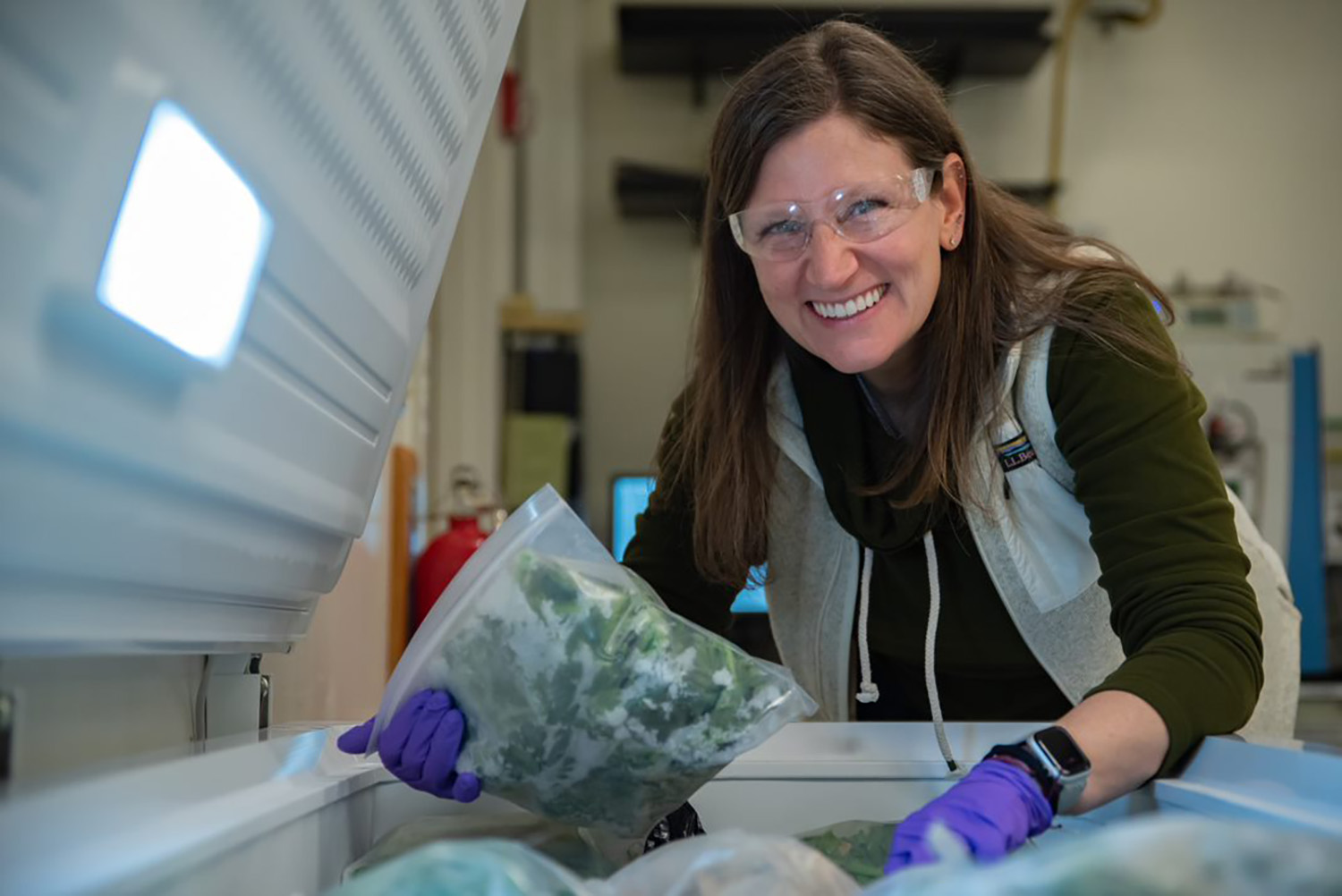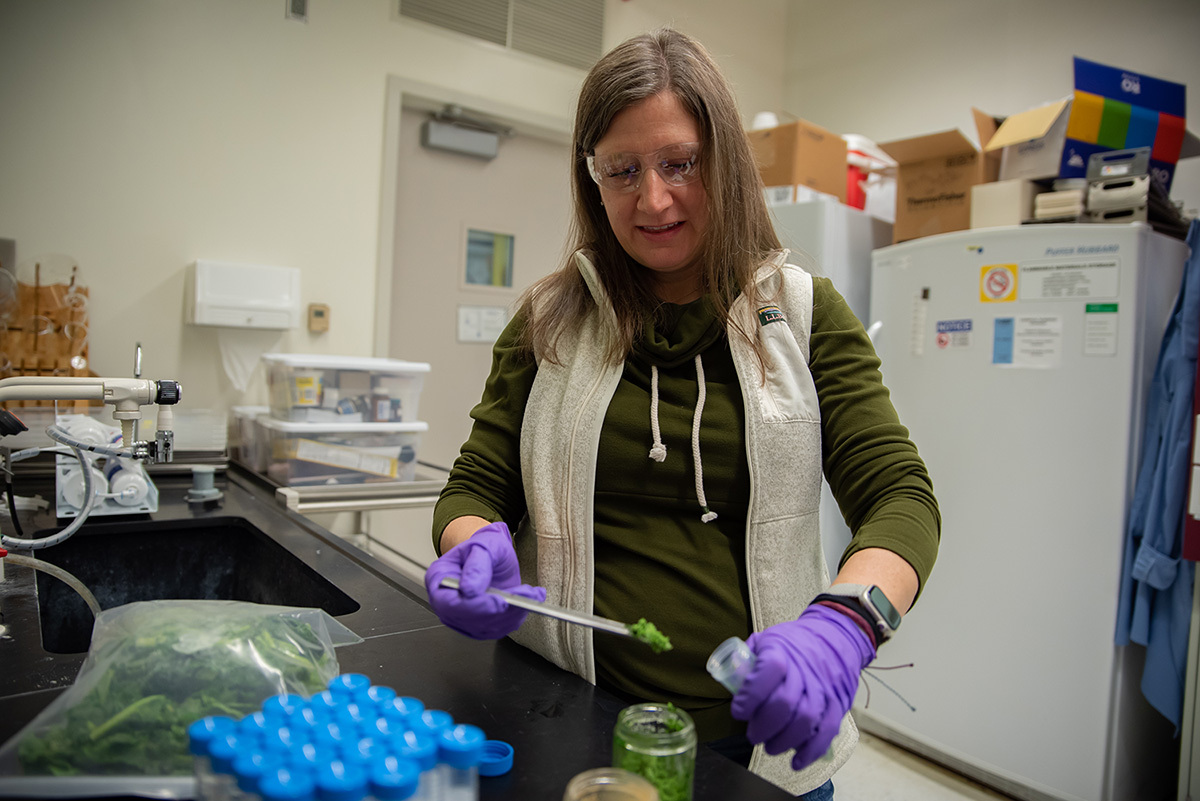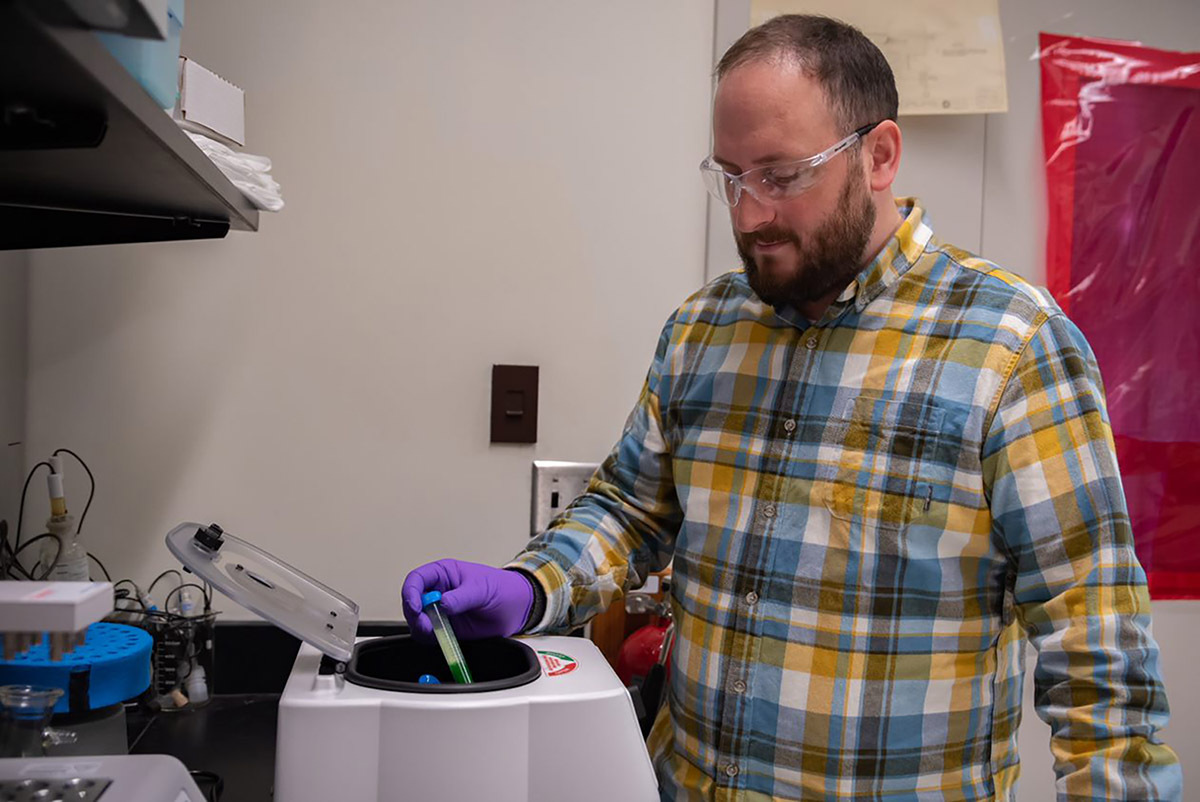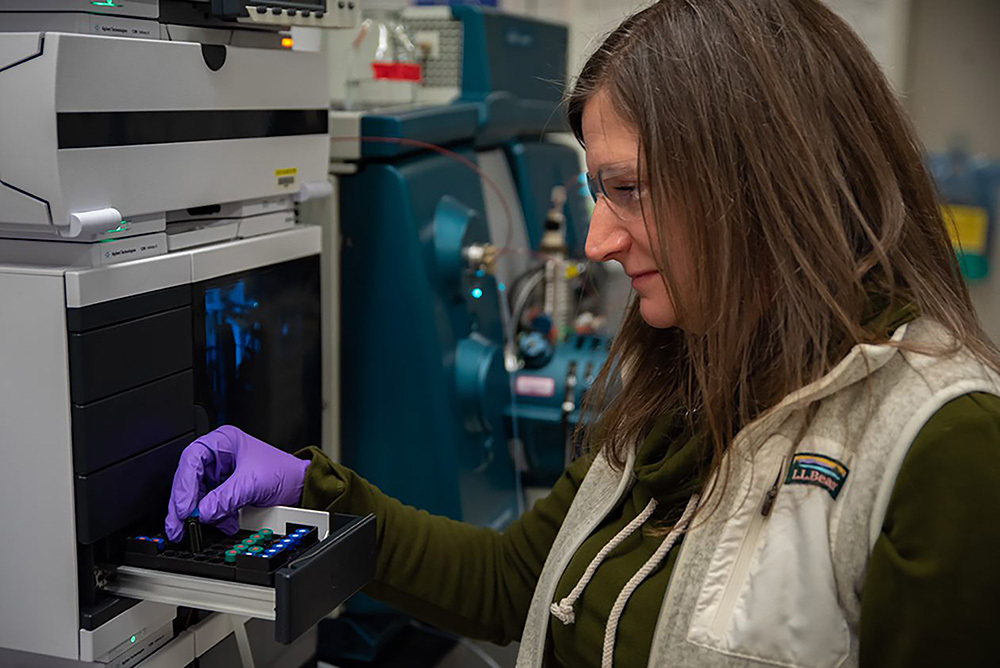Taking Measure
Just a Standard Blog
Organic, Vegetarian or Carnivore: Whatever You Eat, My Lab Is Working to Keep It Safe

The levels of contaminants in our food supply are, generally, decreasing. That’s the good news.
But we still need to measure those contaminants and make sure our food is safe. And measuring tiny things (and big things) is what we do best here at NIST.
In our food safety program, we are studying all aspects of food safety through measurement.
The Food and Drug Administration (FDA) and other agencies regulate the food supply to make sure it’s safe. They do sampling studies where they test foods and make sure that all their labs can measure the small levels of contaminants in foods. At NIST, we help the FDA make sure their measurements are accurate, a vital part of keeping our food safe.
How we measure varies depending on whatever nutrient or contaminant we’re trying to measure. We often do something called digestion — a perfect term for food testing! We take the food product, put it in acid, and expose it to heat in the scientific version of a microwave. That breaks the food down. Then we can use our instruments to measure the individual elements, both nutritional (iron and potassium, for example) and toxic (such as cadmium and lead).
Our team measures things we want in our food (such as vitamins) and things we don’t want in our food (pesticides and other contaminants). Since my work is in organic analytical chemistry, we have to be gentler with our digestions to keep those carbon bonds in place and not break down molecules we want to measure. We use a lot of different instruments to measure whatever we’re looking for.

Food Reference Materials Help Us Measure What Needs to Stay Out of Our Food
One key contribution we’re making to food safety is creating meticulously measured food controls, known as standard reference materials (SRMs). Think of an SRM as a template or a standard that other products can be measured against.
Some of our food SRMs are helping to keep the food supply safe from a contaminant known as per- and polyfluoroalkyl substances (PFAS). When PFAS gets into the food supply, it can cause a variety of health issues.
Our control material for meat will help to make sure the levels of PFAS in the meat supply can be measured and kept to a safe minimum. We’re now expanding our reference materials to things such as dairy cows (the meat, not the actual cows), spinach, and some types of food that cows consume, known as corn silage.
We’re also working to study pesticides in our food supply. Those levels are also getting lower, and they’re giving us plenty of exciting metrology challenges to ponder in advance of World Metrology Day this weekend.
Keeping Food Safe Is a Team Sport
I came to NIST as a postdoc in 2008 to study dietary supplements. I then started work on measuring vitamins in foods. As I talked to people in the food industry, I realized there was a lot of interest in NIST reference materials and other tools for food safety. So, we started to build our food safety program here at NIST. We’ve since created many more SRMs for regulators and the food industry to check their measurements against, for both nutrition and safety.

It's a really challenging area of study, and it’s rewarding. Measuring extremely low concentrations of toxic contaminants in food is difficult, but it’s important and meaningful because we all want to have the safest possible food to eat. It makes me feel good to know that our team’s work is contributing to making food safer for everyone. This work also requires a great deal of patience to find and measure tiny amounts of contaminants.
One of the keys to NIST’s success in this area is collaborating with people in the field. Whether at a food company, a supplement company, the FDA or the U.S. Department of Agriculture, there are so many people who’ve dedicated themselves to a certain line of study or a particular group of nutrients or contaminants. We can’t be technical experts in every area, so we rely on those relationships and help each other toward a common goal of safer food.
Know What You’re Eating if You Have Questions About Food Safety
As a food safety researcher, friends and family sometimes ask me about different approaches to eating. (I’m a vegetarian myself.)
There’s a lot of bad information out there about ways we should or shouldn’t eat. People say you should always eat a certain way, like you should always choose the most natural options.
There’s really no right way to eat for everybody.

In all things related to food, there are advantages and disadvantages to every approach.
Some say you should always buy food from a small company or grower. Well, there are pros and cons there. Big companies have some advantages; they often have more resources to do quality control. They have a lot on the line when it comes to their reputation.
Smaller producers may not have as many resources, but they may be more likely to know their growers or suppliers personally. They may also be more likely to know the farm where their ingredients are coming from.
So, if you’re considering these questions, my advice would be to really try to understand the thing you’re concerned about and what it means. That’ll help you make better choices, rather than just blindly following someone else’s opinions.
Metrology Is All Around Us, Including in What We Eat
There’s a saying that we love here at NIST: If you can’t measure something, you can’t improve it. One of the most important areas we improve things with measurement science is in our food supply. No matter what or how you choose to eat, our team will continue to make sure your foods are as safe as possible — using measurements big and small.





